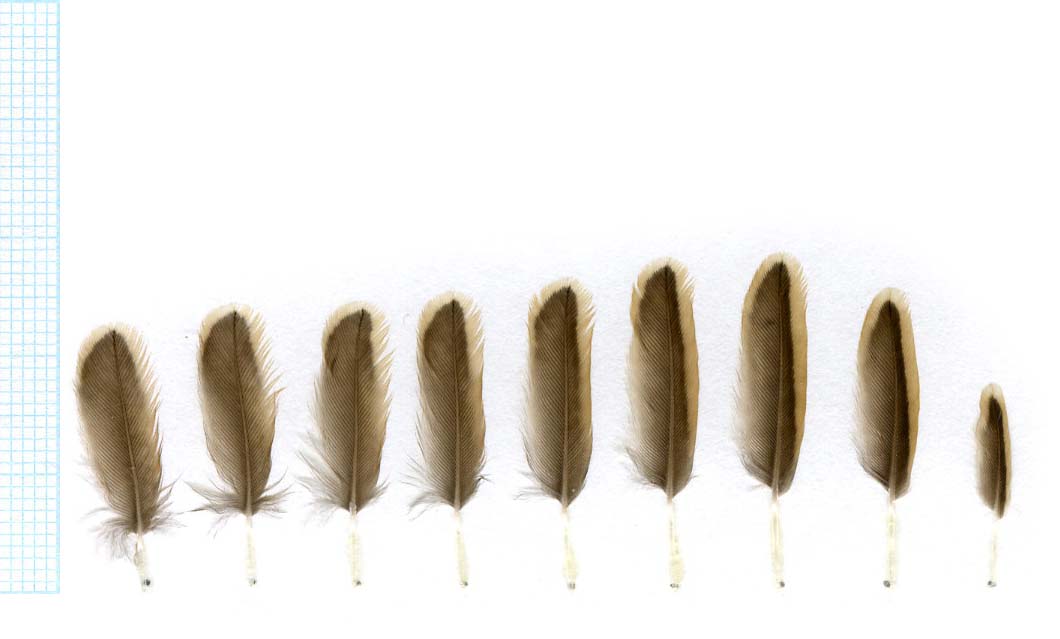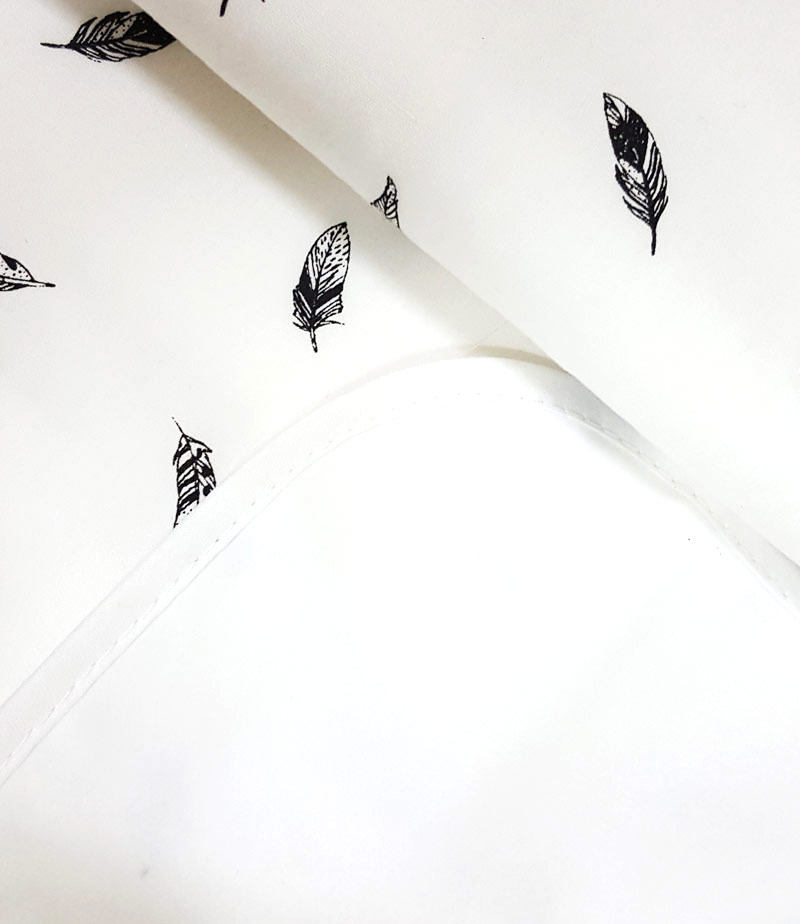
The parts of a typical feather are simple to learn, and once understood help us to better appreciate why feathers do what they do in different applications. It may not be necessary to know scientific names, but if we wish to communicate, we need to have standards. We have all read fly patterns that refer to quills, barbs, barbules, fibers, shafts, stems, vanes and so forth, but when we read these terms do we know what they have reference to? We may, but what about the author did he truly describe by name what he intended? How often have we read quill when in fact what was referred to was actually a barb or perhaps shaft? How often have we read fibers when the author meant barbs or perhaps barbules? How often have we read barbs, barbules, fibers or even barbels (which are tactile processes on the lips of a fish rather than components of a feather) when referring to a feather's ability to marry, but in actuality barbicels or perhaps more specifically hooklets is what was meant? If we spoke the same language we would better comprehend what was intended.

In turn it behooves us as fly tiers to speak the same language. We need to have standardsĪn important aspect of fly tying is sharing information. The authors aim to apply the way that the alula works in designing a device that enables the air vehicles to turn better and more efficiently.A part of learning to do flies like this one is learning to know the main material: feathers. Haecheon Choi, the corresponding author of the paper. The role of the alula in avian flight is just one example." says Dr.
ALULA FEATHER FULL
"Nature is full of vortices, and the animals and plants use them wisely. But this is the first time that the researchers found the evidence that the effect of the alula is due to a small vortex formed at the tip of the alula feathers. There have been several other attempts to reveal the role of the alula in birds' flight. Measurements of the forces acting on wings in the wind tunnel proved that indeed the presence of the vortex from the alula helps the birds in flight. Although the alula is small, it creates enough vortex to prevent the air flow from being detached from the wing." says Dr. "For the wing to fly better, the air has to move closer to the wing. Here they observed that a tiny vortex from the alula tip presses the air flow over the wing and makes the air flow better attached to the wing surface. Then the researchers moved on to the wind tunnel experiments where they visualized the movement of tiny particles around magpie wings. "But with the alula they seem to turn more easily". Sang-im Lee, the first author of the paper.

"It's not that they cannot fly without the alula." says Dr. They started with observing magpies in the aviary when the birds moulted the alula feathers. The researchers were interested in the flight of magpies. This study was conducted by a research team of biologists and mechanical engineers at the Seoul National University. Why do they use it? How the tiny feathers can help them land softly?Ī recent article published in Scientific Reports says that the secret is a small vortex of air that is formed at the tip of the alula feathers. From countless observations, it has been known that the birds use a small group of feathers, called "the alula", a thumb-like structure that is present at the bend of the wing, in slow and steep flight such as landing. One mystery of birds' flight is solved! The elegance of birds' flight, their seemingly effortless aerial turns and the softness of their landing, have been envied by many people.

Image: The alula feathers, the thumb-like structure, on both wings are well visible.


 0 kommentar(er)
0 kommentar(er)
